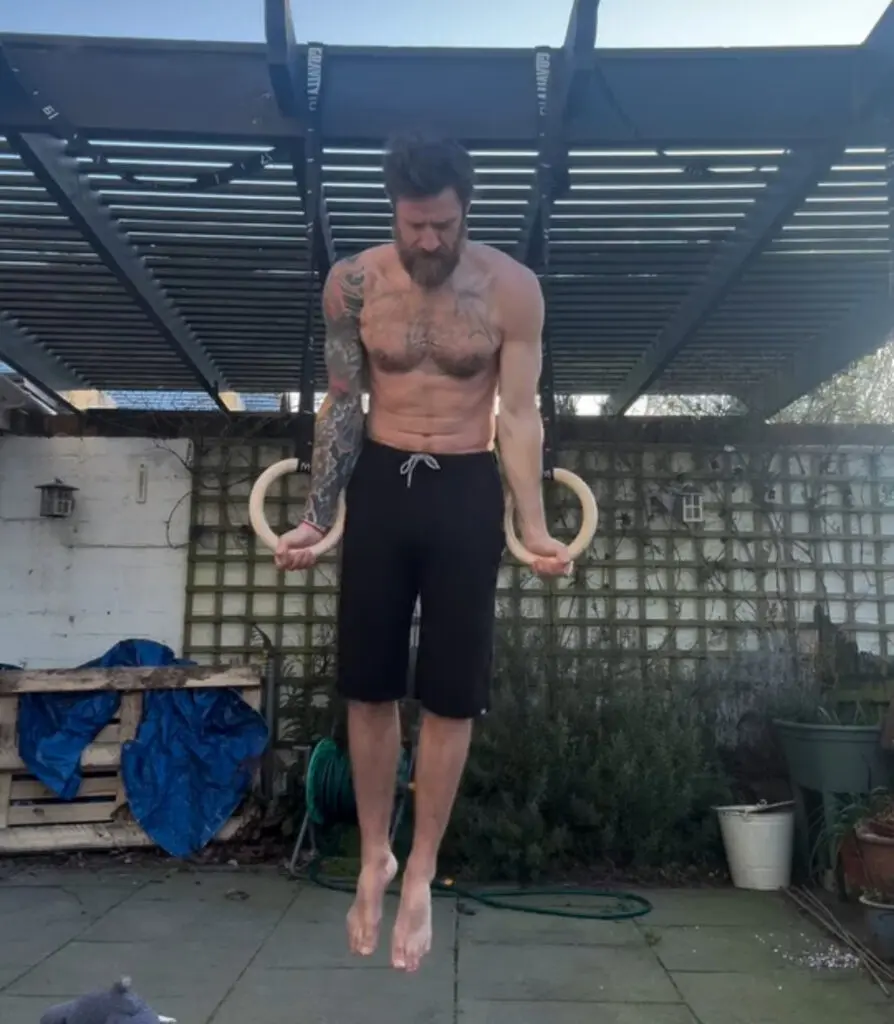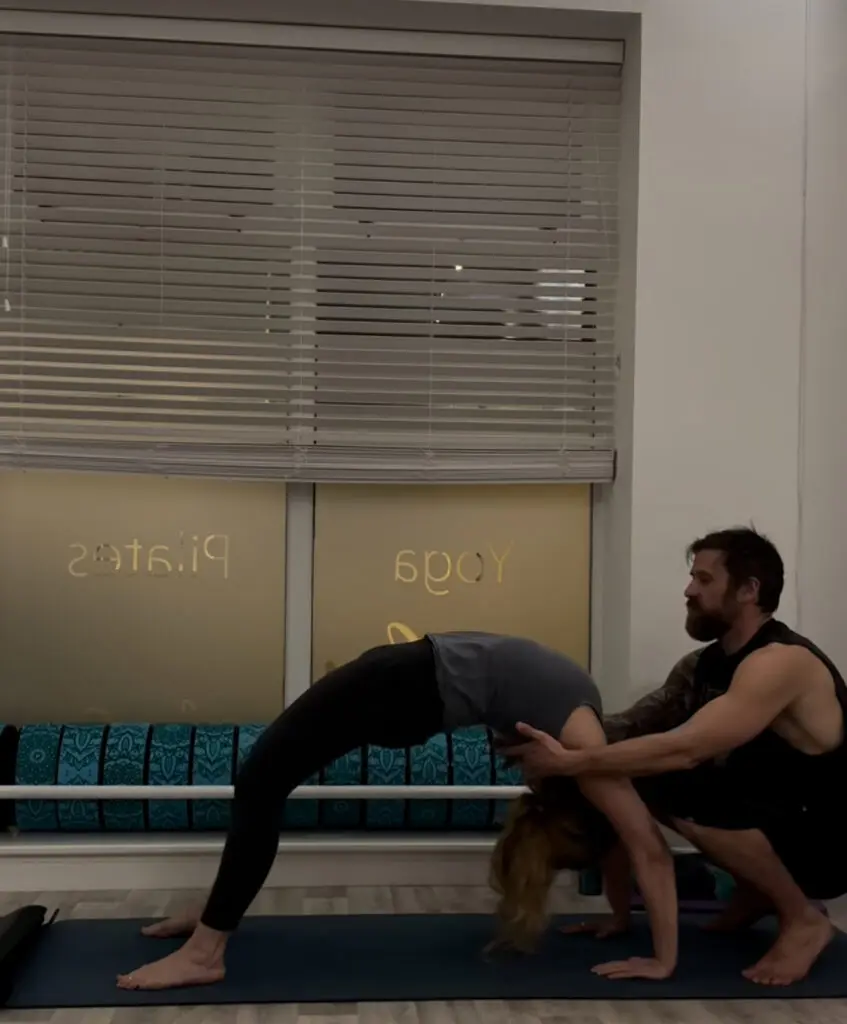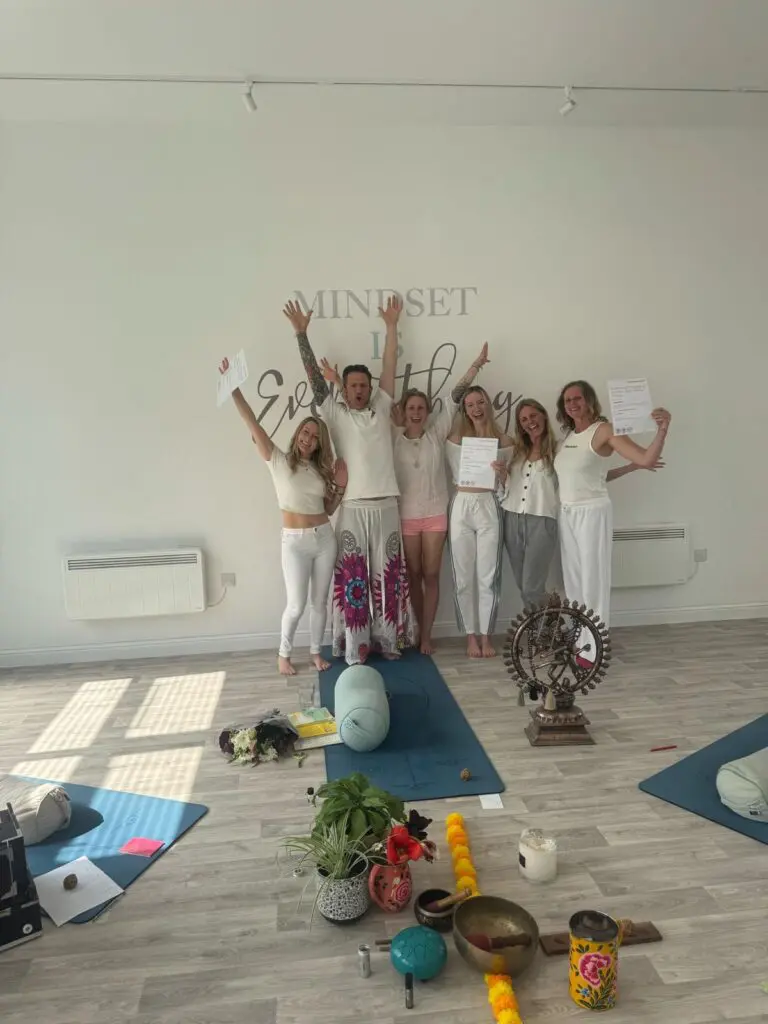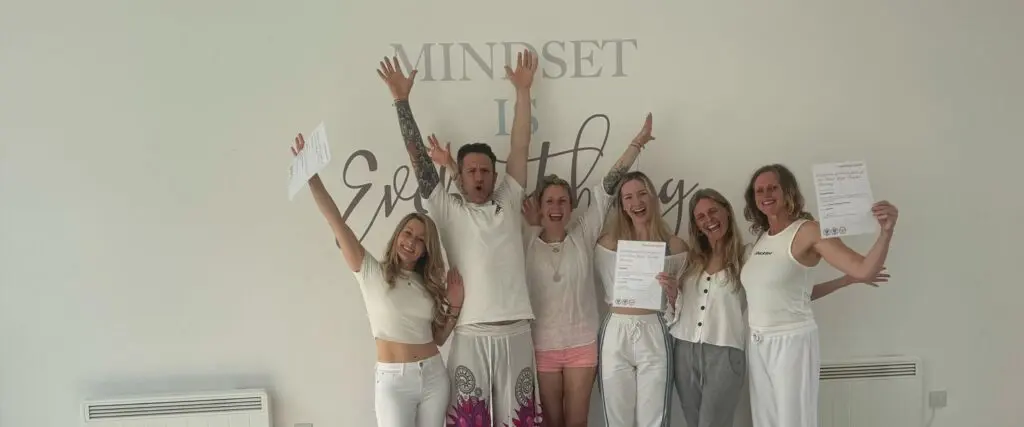What inspired you to become a yoga teacher and instructor?
I trained as a nurse in 2004 and after many years working within the health care system I was inspired to take a more holistic approach towards helping others. I wanted to help people understand and look after their bodies using an integrative approach, opposed to treating the body as an atomistic being. In short, I no longer wanted to work in sick care, but in healthcare. I believed a great way to start my journey into this world of holistic living was through yoga. I initially started doing yoga regularly after being a snowboarding coach and realising lil niggles and injuries arising in my body. I started practicing yoga regally to feel better in my own body and immediately fell in love with the practice. It gave me time to slow down and listen, this is a feeling I would like to help others achieve.
How long have you been teaching yoga and what styles do you specialise in?
I have been practicing yoga for 16 years and have been teaching for 10. I love all things vinyasa, yin and pranayama. I particularly enjoy creative forms of yoga where sequences flow together through the use of breath, connecting the body and mind. I also specialise in yoga inspired movement, which I typically do on a one to one basis, it is a kind of yoga therapy!
What is your teaching philosophy and how do you incorporate it into your training?
My favourite phrase to use in class is ‘it’s your body, your choice, your pose’. I think the important thing is to always listen to yourself. Don’t let things get too loud, try to shut out the background noise and focus on you. Try not to pay too much attention to what others are doing in the class or what their poses look like, be in your own body and do what feels right for you. Oh and another of my favourite philosophies is Savasana should be done at least twice in a class.

What methods do you use to help students develop their teaching skills?
I encourage others to try and feel into their own experiences. For example when they’ve learnt a new skill in the past, what teaching method has helped them to understand and learn the skill most effectively. I also encourage students to think about a multitude of ways a pose can be done or felt. It is not a one size fits all. Therefore, thinking in this way can enable students to explain the movement visually and effectively, giving different options of how the same pose can be done divergently.
How do you address different learning styles in your training?
Patience is a big thing for me. I believe that when teaching, you are are never teaching to the most experienced person in the room. Give your energy to those that are struggling, listen to them and see how you can help them improve. In turn, these people often help you to introduce new ways of thinking and are able to educate you in your own learning styles.
How do you encourage self reflection and personal growth among your students?
Take time. Time to be by yourself and to feel the breath. This will calm the nervous system and help quiet the mind, allowing space for self reflection to form. It helps to focus on the moment and what has lead you there, what emotions are coming up for you. It is important to do this with as little judgement as possible and don’t be too hard on yourself. Acknowledging what you feel you’ve done well and recognising some ares that you could improve upon.

What practices do you suggest for students to continue learning after their training?
My advice to students would be to continue to learn as many different movement practices as they can. This could be yoga related, such as animal flow, or it could be anything from running to swimming. By doing this you will understand your mind, body and breath better and in turn understand the movement practices of those attending your classes. You will learn a range of hobbies and understand how these impact the body and what muscles they may work harder. Gaining more knowledge and awareness along the way and ultimately improving your teaching.
How do you foster a sense of community among trainees? Encouraging students to create their own group chats is good
Encouraging students to create their own group chats is good for this and allows them to connect, spend time together and meet up in-between the monthly learning. They may even choose to go to practices together that could enhance their learning in-between the YTTC sessions. Shiva is great at fostering community and making people feel welcome. This is strongly felt in the breaks between teaching where students can sit together and enjoy their lunch whilst becoming more comfortable in each others presence. It is a place where natural conversation flows more easily into those bigger questions or into topics which were not discussed within class.
How do you prepare students for the challenges of teaching in the real world?
Just by being honest. It can be hard work as you often have to teach lots of classes to make money. Equally though, I’ve gained some of the best feelings I’ve ever had through teaching yoga. I never agreed with Mark Twains ‘Find a job you enjoy doing, and you will never have to work a day in your life’, I find ‘work your ass off but you’ll still be doing what you love’ much more relatable. Thats the main driver for me, offering people space to just breathe and become present.

How do you approach the balance between physical practice and spiritual development?
This can be a difficult one as some people come to a yoga class purely for the physical practice. However, others can be more open towards the spiritual teachings surrounding yoga and are looking to deepen their knowledge around this. Both are completely welcome. To balance the two I weave in stories of philosophy surrounding Buddhist thinking, slowly building the element of spirituality. I find discussing the science behind some of the movements helpful, for example I explain how chanting activates the parasympathetic nervous system, helping to reduce mental stress, improving concentration and focus. For some, understanding this very practical side of the practice can enable them to explore the more psychological elements. Once people start to develop their spiritual knowledge they are really able to dive deeper and receive more from the practice.
Bonus Question - What do you find most rewarding about teaching yoga and training new instructors?
The feedback, the smiles and peoples faces. Being able to help someone who is struggling to find their pose and watching them float out of class an hour later. Helping people to relax but also helping them understand how to relax, giving them little pieces of knowledge which will help to calm and compose themselves in everyday life.
